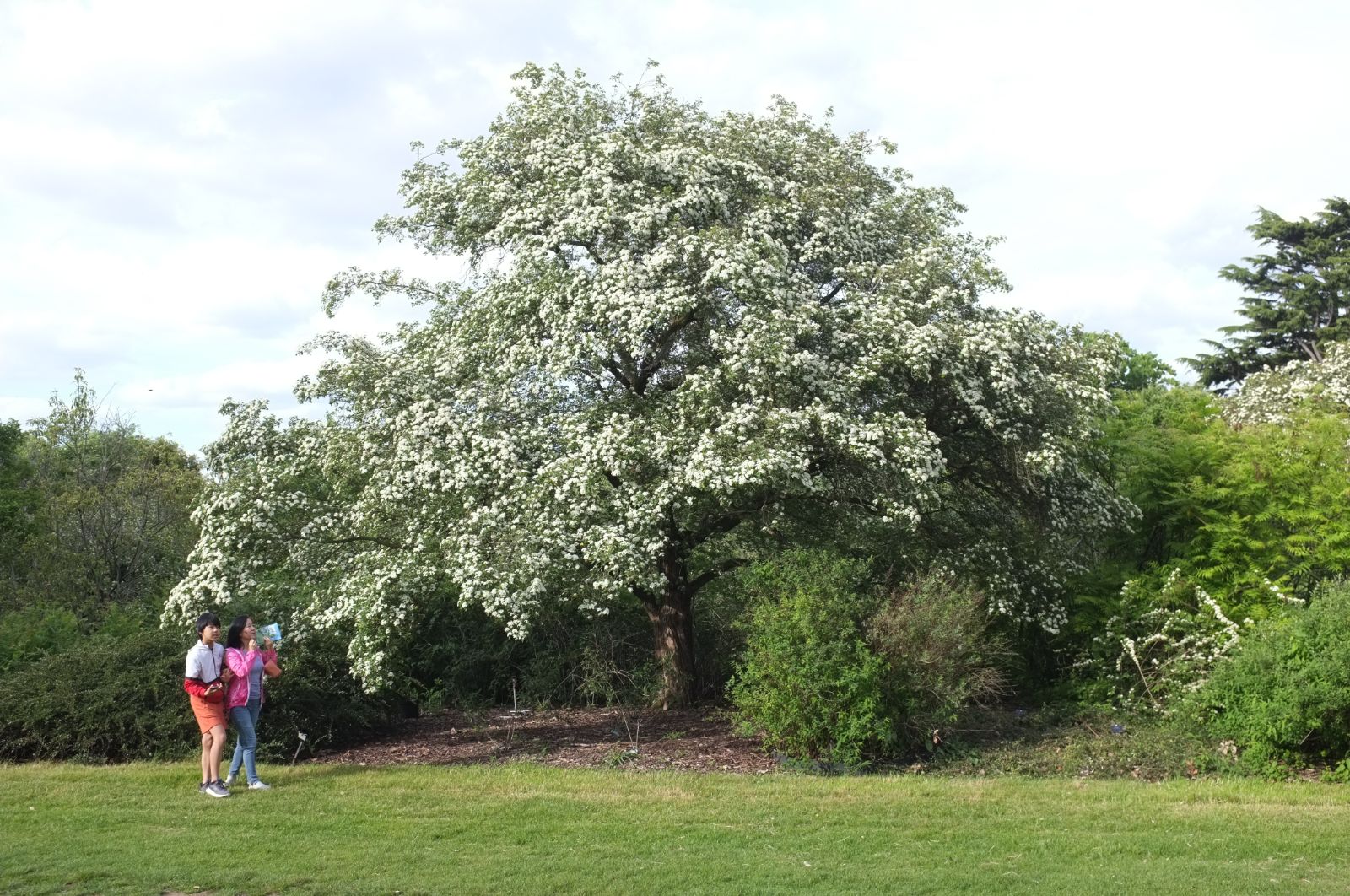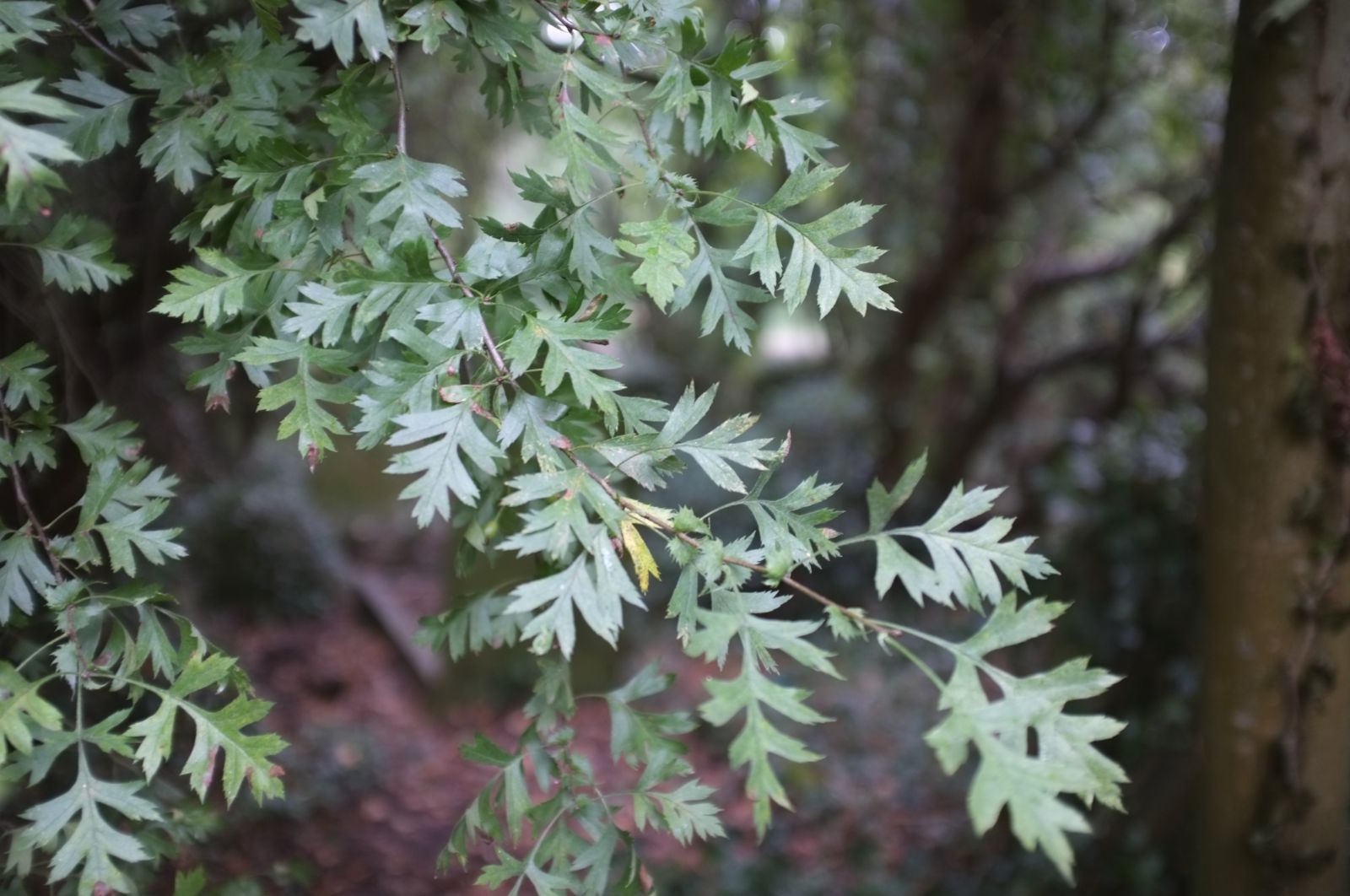Crataegus pentagyna
Sponsor
Kindly sponsored by
This genus has been sponsored and new text is being prepared.
Credits
Article from Bean's Trees and Shrubs Hardy in the British Isles
Recommended citation
'Crataegus pentagyna' from the website Trees and Shrubs Online (treesandshrubsonline.
Genus
Other taxa in genus
- Crataegus ambigua
- Crataegus apiifolia
- Crataegus aprica
- Crataegus azarolus
- Crataegus baroussana
- Crataegus brachyacantha
- Crataegus chlorosarca
- Crataegus chrysocarpa
- Crataegus chungtienensis
- Crataegus coccinioides
- Crataegus crus-galli
- Crataegus cuneata
- Crataegus × dippeliana
- Crataegus douglasii
- Crataegus dsungarica
- Crataegus durobrivensis
- Crataegus flabellata
- Crataegus flava
- Crataegus henryi
- Crataegus heterophylla
- Crataegus intricata
- Crataegus jozana
- Crataegus laevigata
- Crataegus × lavallei
- Crataegus macracantha
- Crataegus marshallii
- Crataegus mexicana
- Crataegus meyeri
- Crataegus mollis
- Crataegus monogyna
- Crataegus nigra
- Crataegus oliveriana
- Crataegus orientalis
- Crataegus oxyacantha
- Crataegus pedicellata
- Crataegus phaenopyrum
- Crataegus pinnatifida
- Crataegus pruinosa
- Crataegus prunifolia
- Crataegus pseudoheterophylla
- Crataegus punctata
- Crataegus sanguinea
- Crataegus spathulata
- Crataegus stipulacea
- Crataegus succulenta
- Crataegus tanacetifolia
- Crataegus tomentosa
- Crataegus uniflora
- Crataegus viridis
- Crataegus wattiana
- Crataegus wilsonii
A small tree 15 to 20 ft high, with hairy young shoots; thorns few, 1⁄3 in. long. Leaves broadly tapered or nearly straight at the base, lobed; 1 to 3 in. long, nearly or quite as wide. On the barren shoots they are broadly ovate, the basal pair of lobes often deep; on the flowering shoots the leaves are narrower, diamond-shaped or obovate, with a more tapered base; all dark green and somewhat hairy above, paler and more hairy below, ultimately almost glabrous; stalk 1⁄2 to 1 in. long, stipules large, deeply toothed. Flowers white, 5⁄8 in. diameter, produced during May and June in rather lax corymbs 2 to 3 in. across. Calyx and flower-stalks clothed with grey down; stamens twenty, anthers red; styles four or five. Fruit black-purple, oval, 1⁄2 in. long.
Native of E. Europe. The group of thorns to which this belongs is somewhat doubtful in its inter-relationships. C. melanocarpa Bieb., and C. oliveriana Bosc, are included under it by Lange and others. (See note under C. oliveriana.) From C. nigra it differs in its less downy shoots and leaves, and in its oval fruits.
C. hiemalis Lange is supposed to be a hybrid between the above and C. crus-galli, and the way seedlings of C. hiemalis have reverted to a pure glabrousness like that of crus-galli, especially in the inflorescence, supports this theory.


